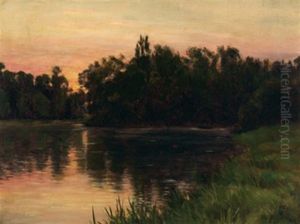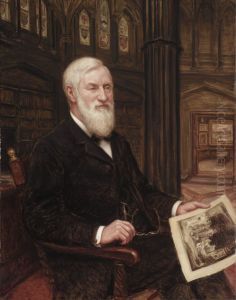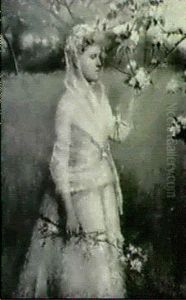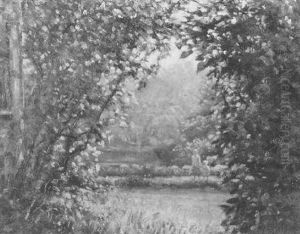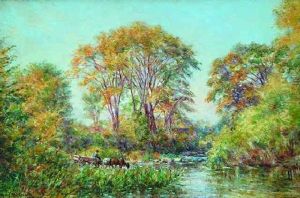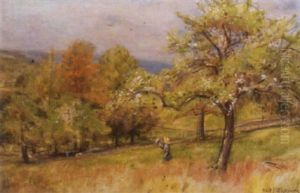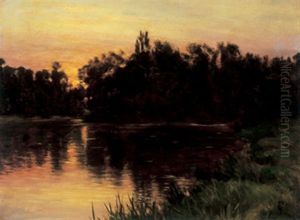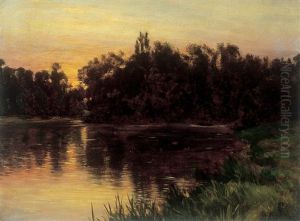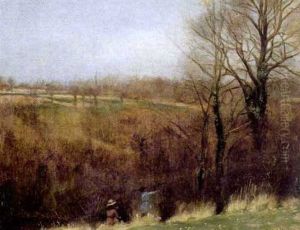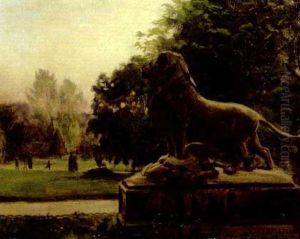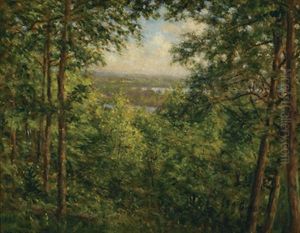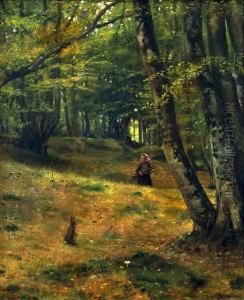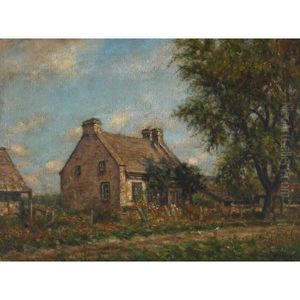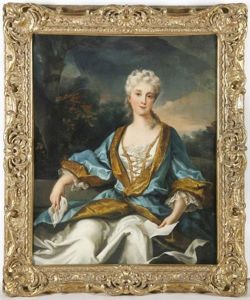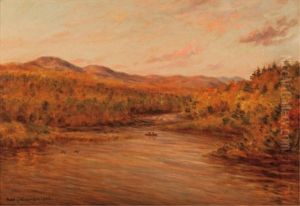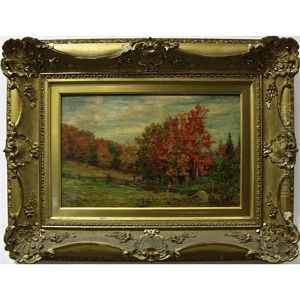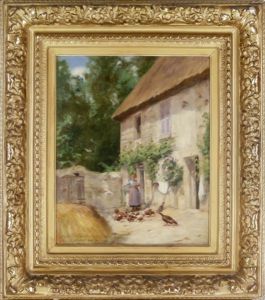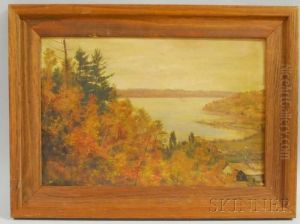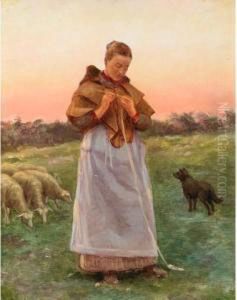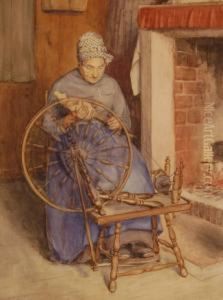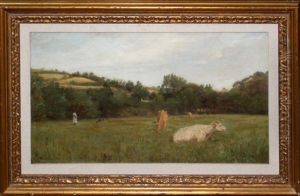Robert J. Wickenden Paintings
Robert J. Wickenden was an American painter and etcher born on January 27, 1861, in Rochester, New York. With a penchant for art from an early age, Wickenden pursued his passion with vigor, although much of his early life and education remain lesser-known compared to his contemporaries.
After his initial education, Wickenden moved to New York City, where he enrolled in the Art Students League. This institution was critical in shaping American art in the late 19th and early 20th centuries, fostering a generation of artists who would contribute significantly to the American art scene. Wickenden furthered his studies in Paris at the Académie Julian, a popular destination for many American artists seeking formal training in the traditional European style. There, he studied under notable figures such as Gustave Boulanger and Jules Joseph Lefebvre, both of whom were influential in the academic painting circles of the time.
Wickenden's work was primarily known for its atmospheric landscapes and maritime scenes, often imbued with a sense of romanticism and a keen eye for light and shade. His style was somewhat impressionistic, although he maintained a foothold in realism, a duality that made his work accessible to a broad audience. He was also known for his etchings, a medium that allowed him to express his artistic vision through the intricate interplay of lines and shadows.
Throughout his career, Wickenden was an active member of the art community. He exhibited his work at various institutions, including the National Academy of Design and the Paris Salon, one of the most prestigious art exhibitions in the world at the time. His paintings were well-received, earning him recognition and accolades from critics and peers alike.
Robert J. Wickenden's contributions to the American art scene continued until his death on October 3, 1931. His legacy is preserved in the collections of various museums and galleries, where his works continue to be admired for their beauty and technical skill. Although not as widely known as some of his contemporaries, Wickenden's art remains an important part of the narrative of American landscape and maritime painting at the turn of the century.
